The state of Qatar sits on a peninsula in the Persian Gulf, sharing its sole land border with neighboring Saudi Arabia. This Islamic state has been ruled by the Al Thani dynasty since the mid 1800s, with Emir H H Sheikh Tamim bin Hamad Al Thani the current head of state. Qatar boasts the highest GDP per capita in the world – due to its bountiful reserves of oil and natural gas, as well as economic growth fueled by infrastructure development projects in prep for the 2022 FIFA World Cup. The kingdom has come a long way from its initial wealth coming from the local pearl diving industry, before the discovery of its vast fossil fuel reserves. Today Qatar is considered to be one of the more progressive Arab states in the GCC (Gulf Cooperation Council) and an ever evolving mix of old and new, with its modern futuristic skyscrapers sharing real estate with Islamic architecture inspired Museums and Souks in the Capital city of Doha.
We made a brief stopover in Doha to spend time with one of my friends from Singapore, while on our trip to visit my parents in India this year. Here are the main highlights of our short weekend in Doha.
Arab States Blockade
In June 2017 Saudi Arabia initiated an Arab states blockade against Qatar to force it to sever its alleged ties to radical Islamic groups, to curtail its cordial relations with Iran, and to close the Qatar based Al-Jazeera broadcasting network. The diplomatic, transport & trade blockade has effectively cut off Qatar from the rest of the GCC, but Qatar’s deep pockets seem to have helped it weather the storm so far with regular imports of basic necessities from its allies Turkey & Iran. Residents and businesses in Qatar have been showcasing their support for the Sheikh and his regime by plastering the face of Sheikh Tamim on buildings, landmarks, vehicles and even their clothing.
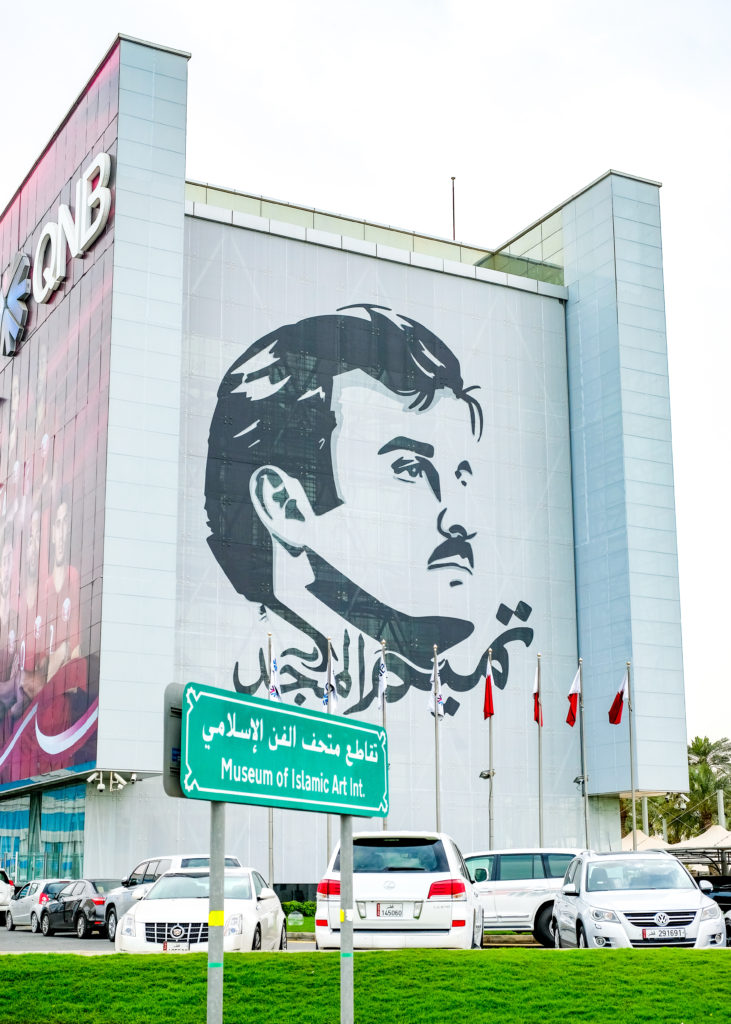
Image of Sheikh Tamim created by a Qatari artist with the Arabic words ‘Glorious Tamim’ has gone viral across the nation and on its social media platforms
World Cup 2022
Qatar is slated to host the next edition of the FIFA World Cup in 2022, though in somewhat controversial circumstances. The event would be the first World Cup to be held in the Arab world, and first to take place in the winter months of Nov-Dec. Doha and many other parts of Qatar are currently in construction overdrive, as the country races to complete stadia and infrastructure projects ahead of the World Cup in 2022. The whole city feels like a permanent construction site, with heavy duty excavators jostling for space with massive cranes – to ensure the 7 new stadiums, metro transportation system and supporting infrastructure gets completed on schedule. Perhaps unintended by the Qatari authorities – the construction boom has also put the spotlight on the plight of immigrant labor that have been hired to carry out the construction efforts, often working long hours in even under the strong summer sun.
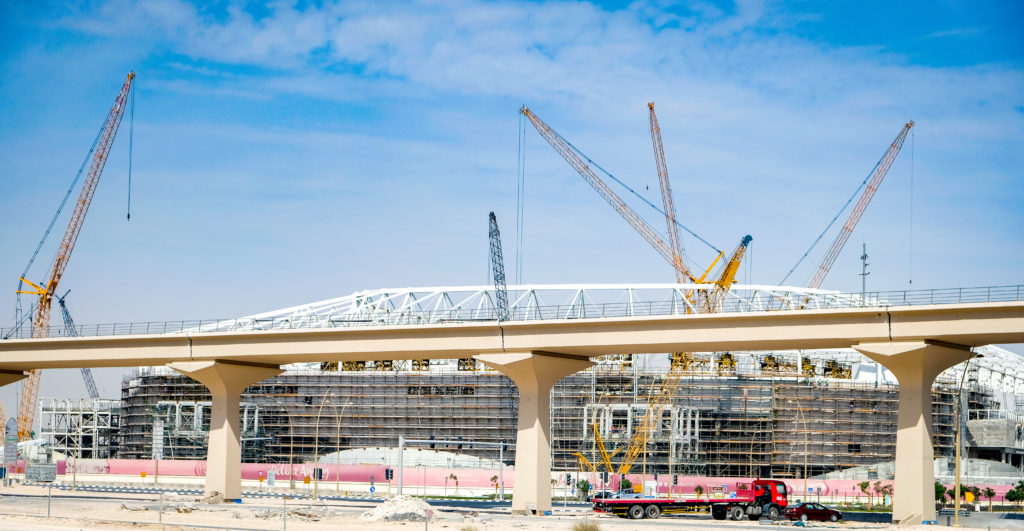
One of the 7 new stadiums and adjoining metro rail under construction
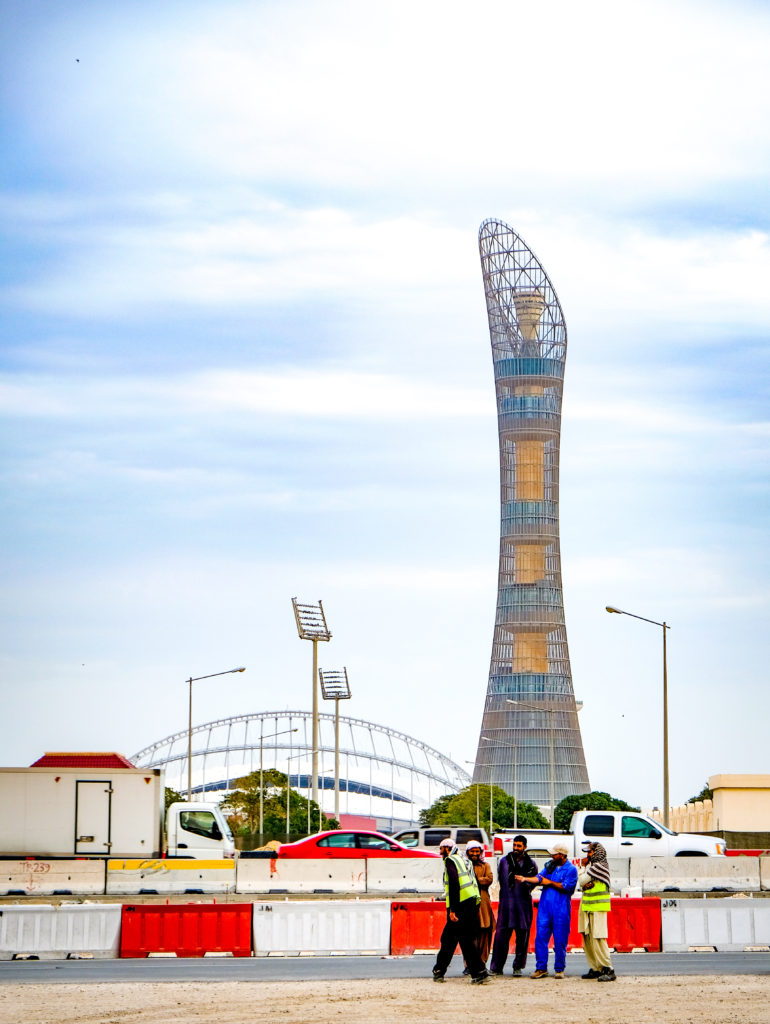
Construction crew awaiting their evening shuttle bus, with the Aspire Tower & Khalifa stadium in the background
Doha Corniche
The crescent shaped Corniche is a man made promenade along Doha Bay that ties together most of the popular tourist attractions of this compact city. Strolling along the 7km long stretch of palm tree lined pedestrian walkway is a great way to take in the main sights of Doha. Besides the glass and steel skyscrapers of the business district at the northern end of the Corniche, and the imposing stone marvel of the Museum of Islamic art its the southern end – the Corniche offers expansive views of the bluish green waters of the Persian Gulf & wooden boats of the dhow harbor, and is conveniently only a short walk away from the bustling alleyways of the nearby Souk Waqif.
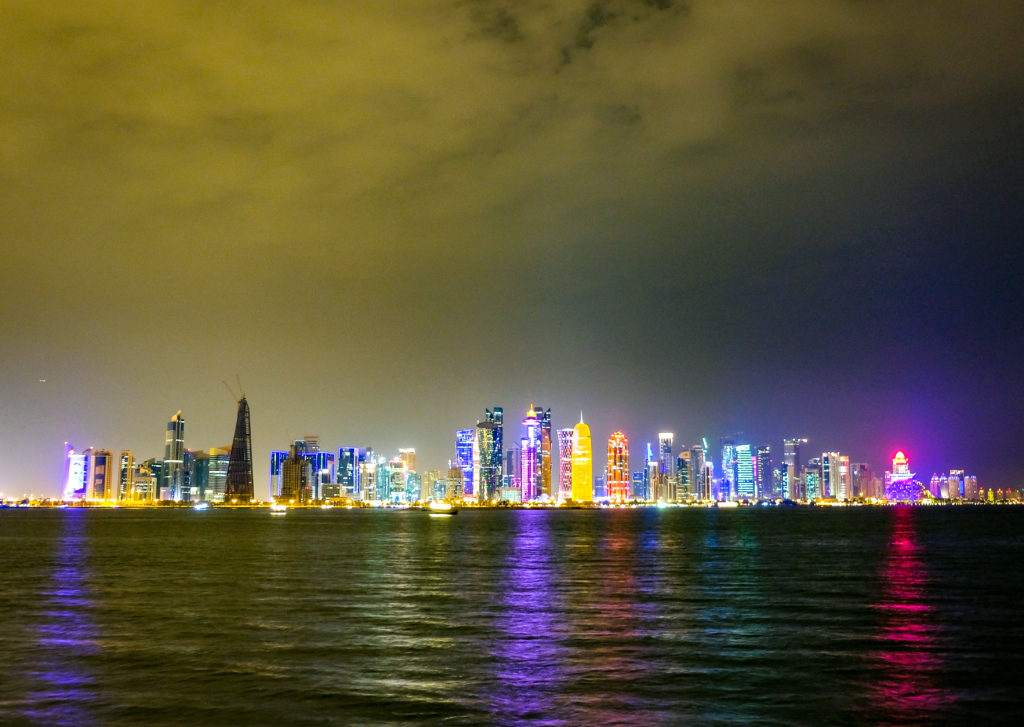
The shimmering lights of the brightly lit skyscrapers across the Persian Gulf
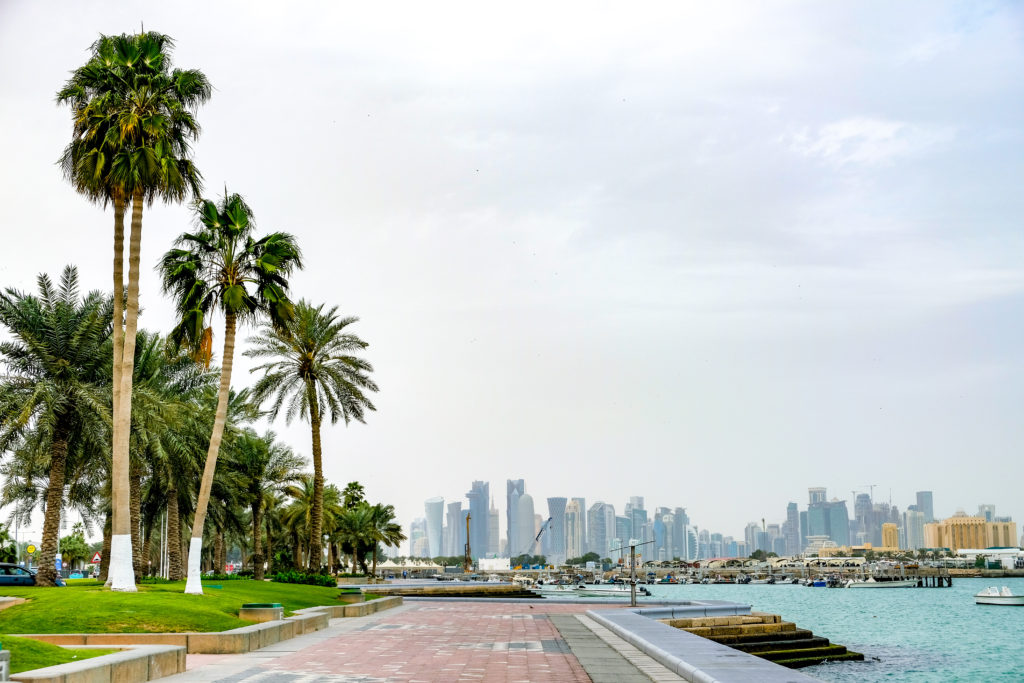
Daytime views from the southern end of the Corniche
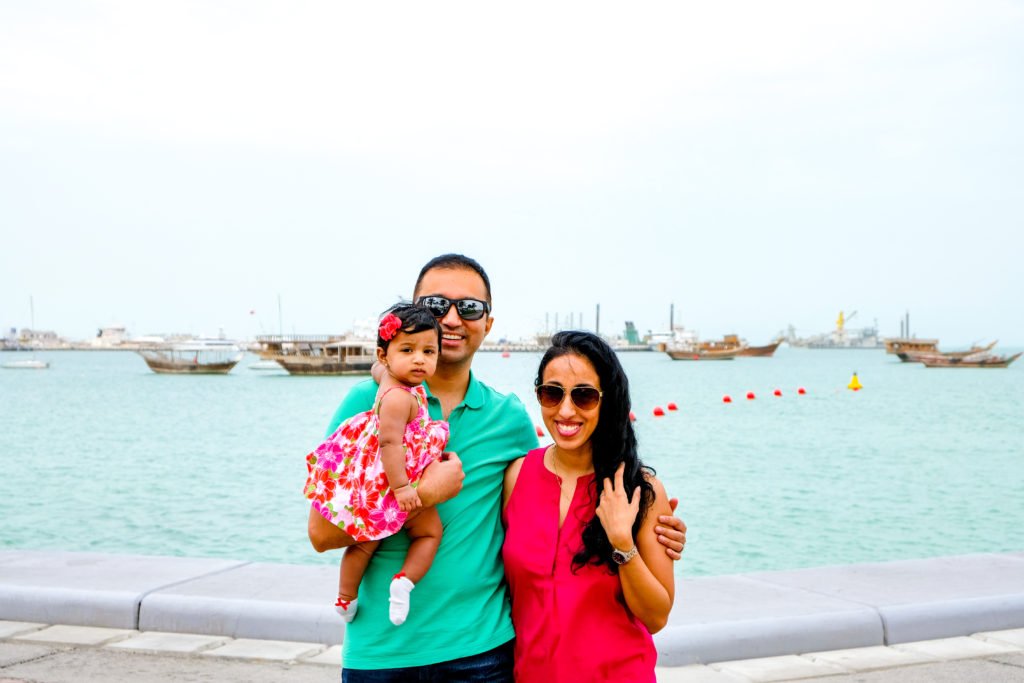
Backdrop of traditional wooden dhow boats anchored by the shores of the Persian Gulf
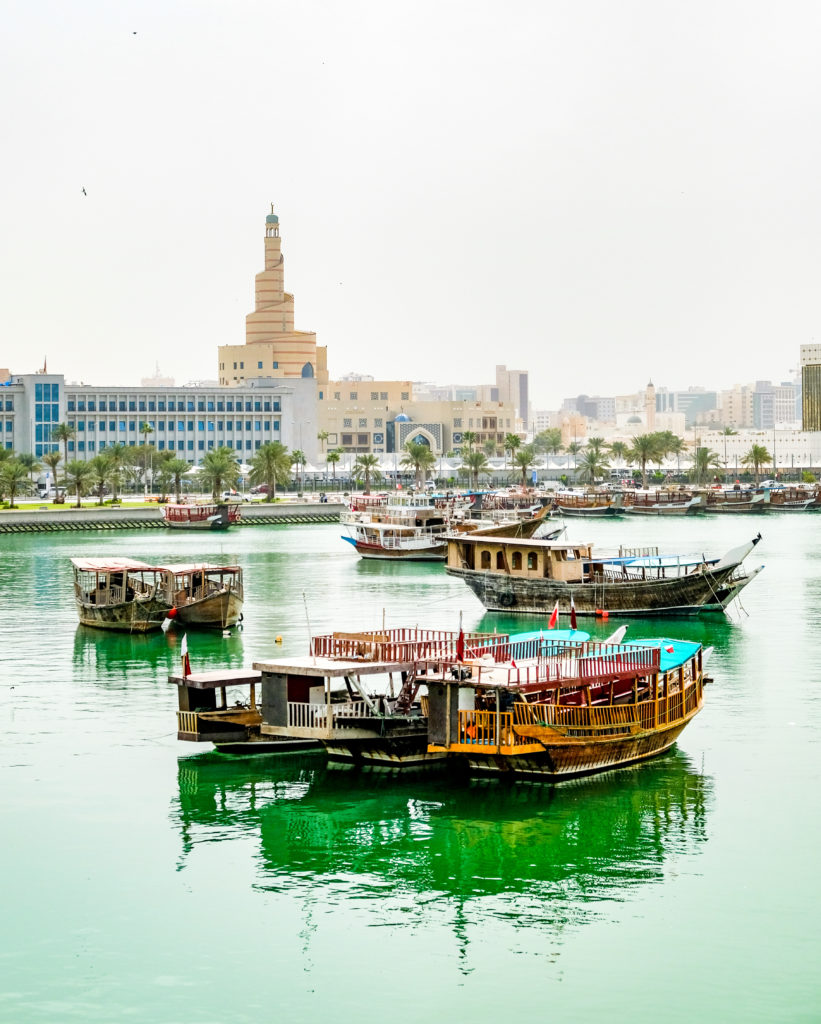
View of the Dhow boats in the harbor, with the swirling minaret of Fanar and Souk Waqif in the background
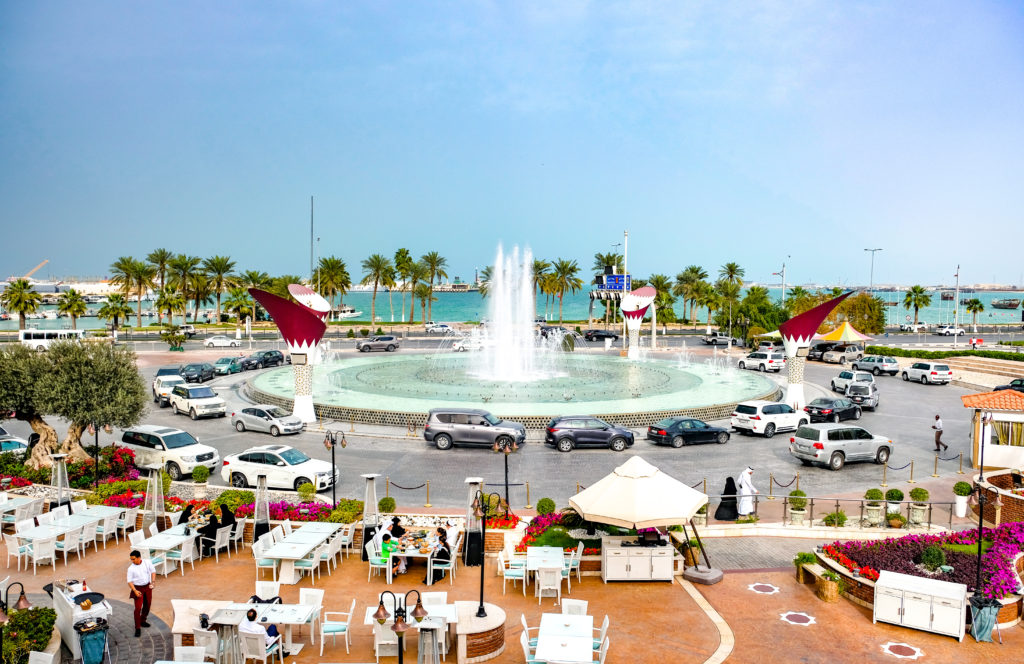
View from atop the Orient Pearl restaurant
Museum of Islamic Art
The Museum of Islamic Art anchors the southern end of the Doha corniche, rising from the water on its on man made peninsula. The Museum is now one of the city’s most recognizable landmarks. Architect I.M. Pei was coaxed out of retirement at the age of 91 to design this imposing marvel of stone, glass and steel. After traversing the Muslim world for half a year to understand more about Islamic history & traditions, I.M. Pei channeled those influences to design this modern take on Islamic architecture. The main influence seems to be geometric patterns – with the orthogonal limestone walls on the outside making way to more circular and square patterns on the interior. The main dome is especially eye-catching – with the circular glass dome transforming to octagonal, then square, and eventually triangular forms by the time it meets the ground. The massive 5 floor tall glass wall on the northern side of the Museum offers panoramic views of the Corniche and the Persian Gulf. The Museum currently houses numerous Islamic artifacts within its 2 gallery floors that encircle the main atrium. These specimens of Islamic art spanning the last 13 centuries were collected from all over Asia, Africa, and Europe.
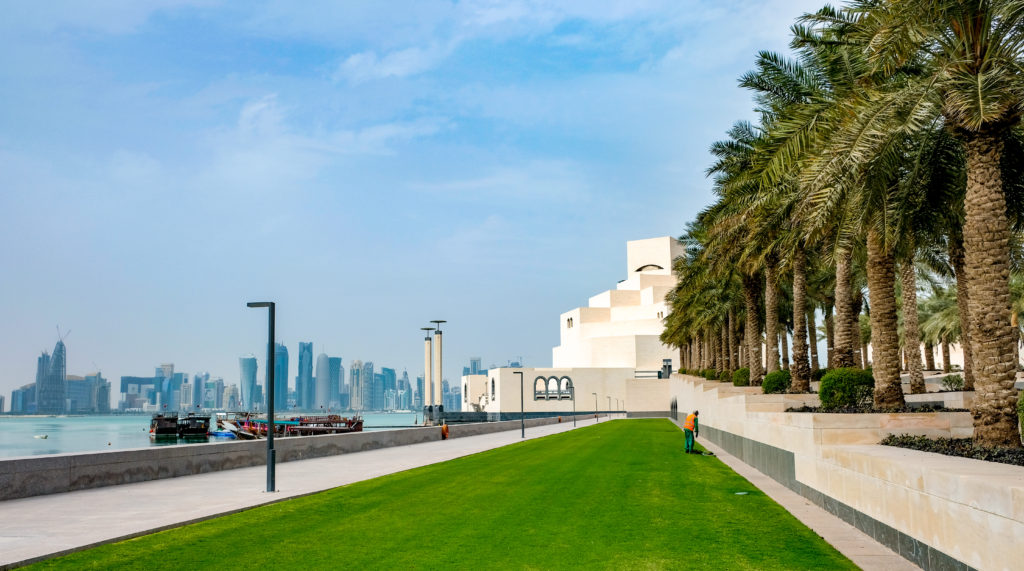
The MIA against the backdrop of the Qatari skyscraper skyline
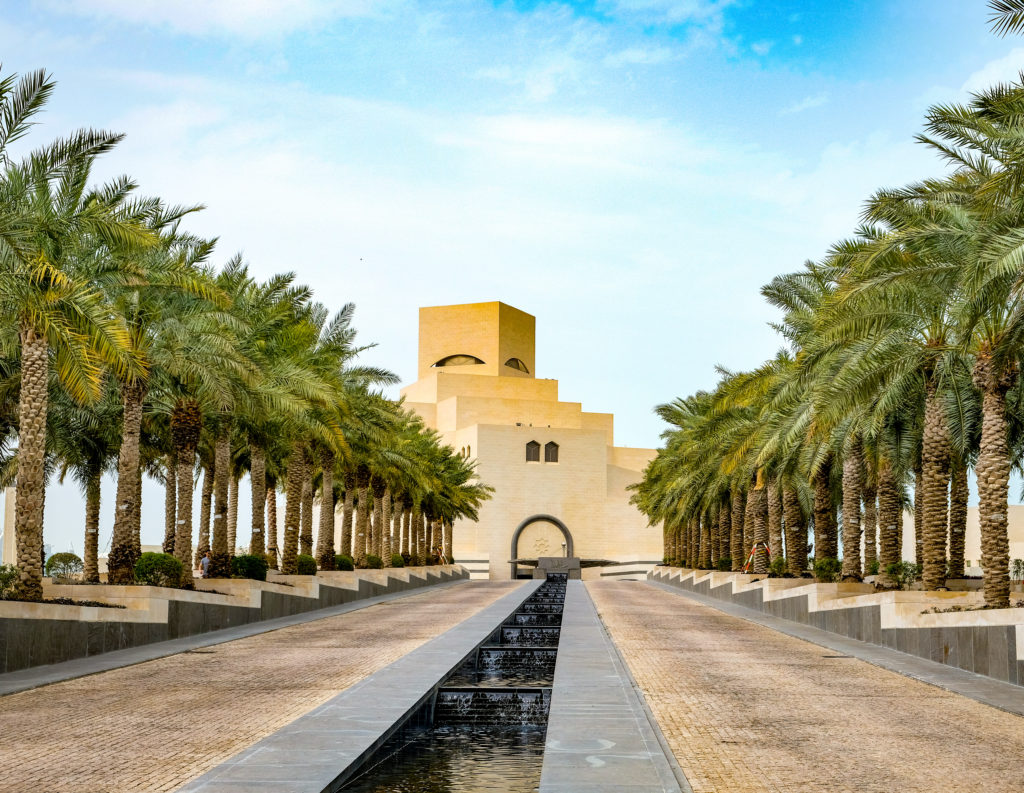
Sloped walkway to the Museum of Islamic Art, with cascading waterfall in the center, and lined with palm trees on both sides
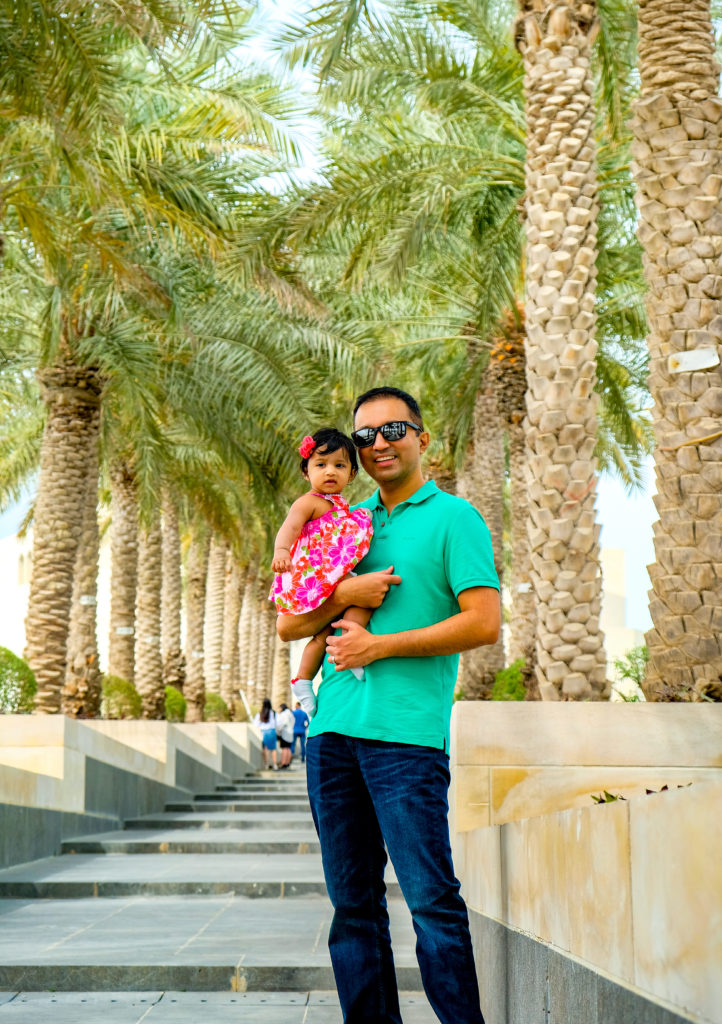
The palm tree lined steps to the Museum of Islamic Art
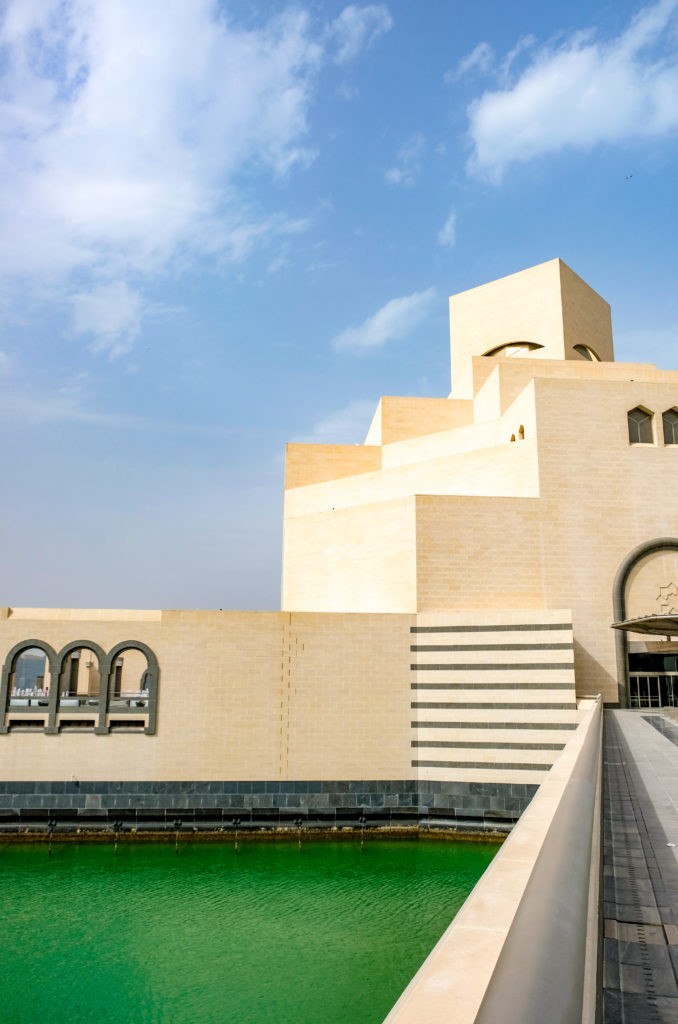
The Museum’s stark stone facade rising from the sparkling green waters of the Persian Gulf
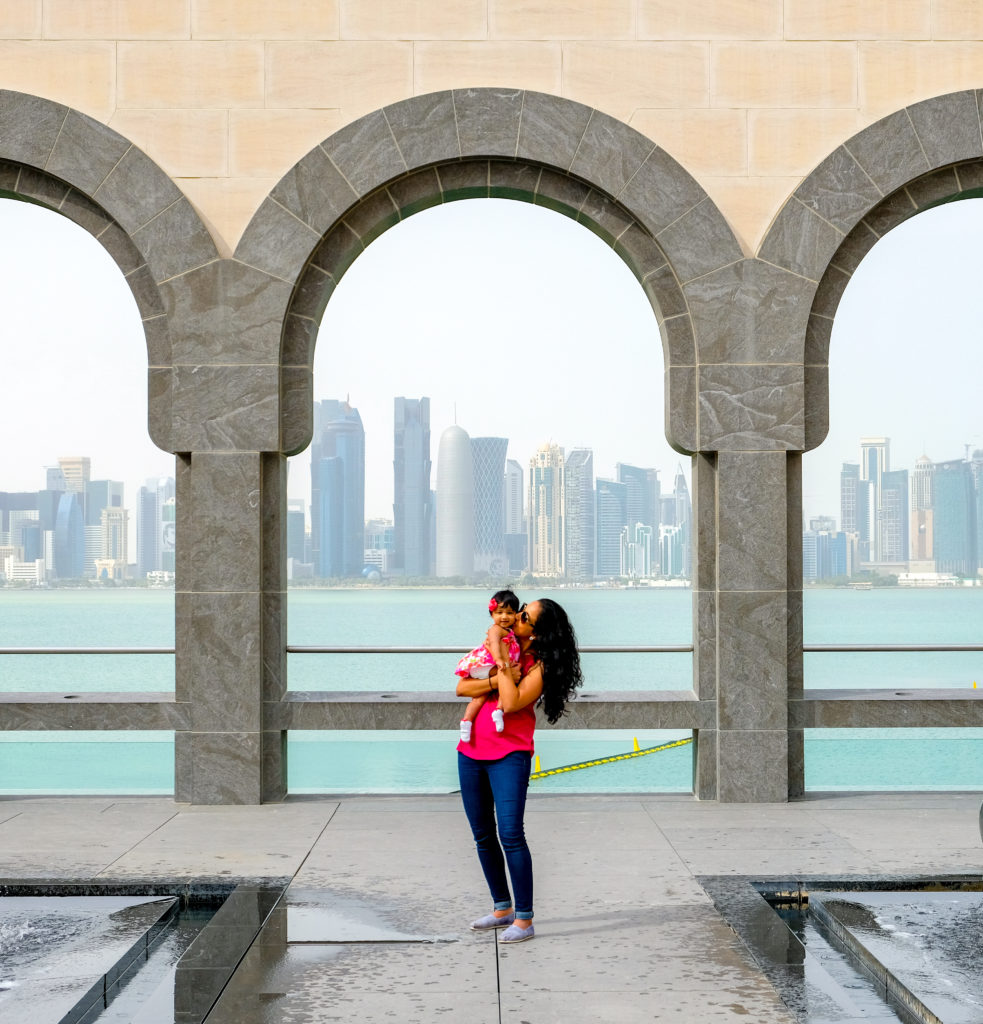
Panoramic views of the Persian Gulf and Business district from the outer atriums
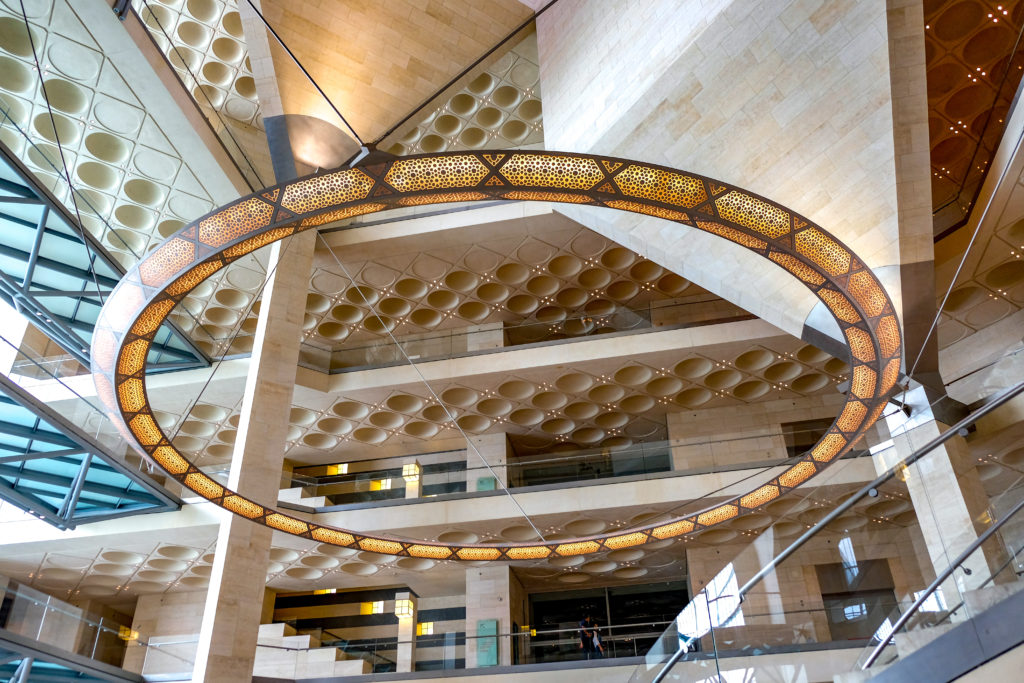
Suspended circular perforated metal chandelier in the main atrium
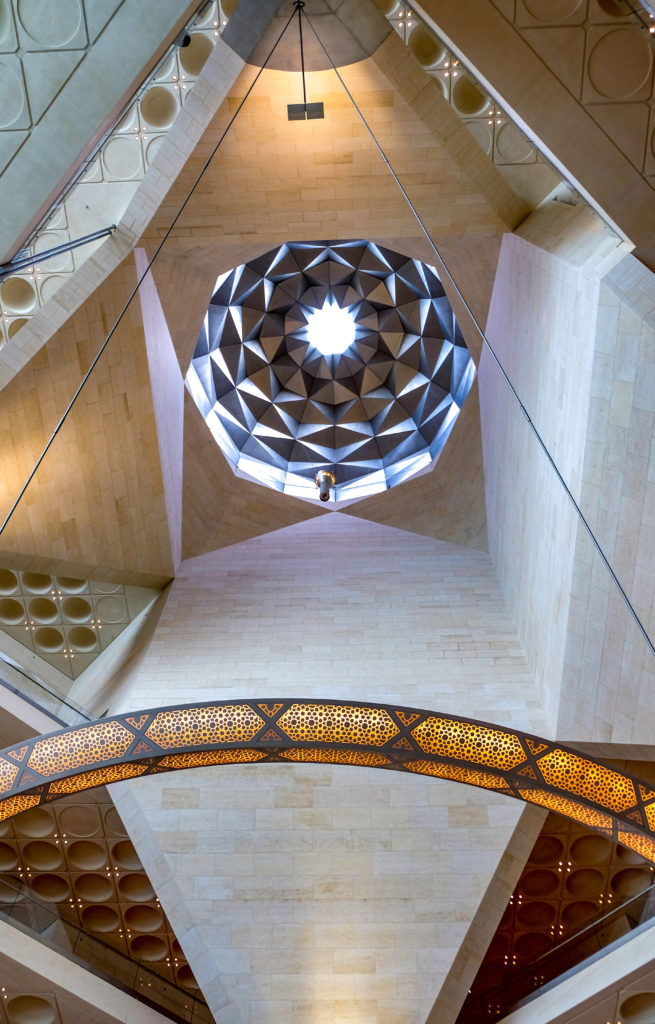
I.M.Pei’s uniquely modern take on the traditional Islamic dome
Souk Waqif
The traditional market of Souk Waqif is one of the most popular tourist locations in Doha. Built on the site of the first Bedouin markets from a century ago, the renovated Souk Waqif transported us back to what the original Qatari markets might have looked and felt like. The Souk is a great place to stock up on traditional clothing, fragrant spices, souvenir trinkets, and of course Qatari pearls. This is also the perfect place to grab a seat at the outdoor cafes, smoke some sheesha, drink local tea and people watch. We were short of time, but one of the other main attractions is the adjoining Falcon Souk – dedicated to the Qatari love for Falconry.
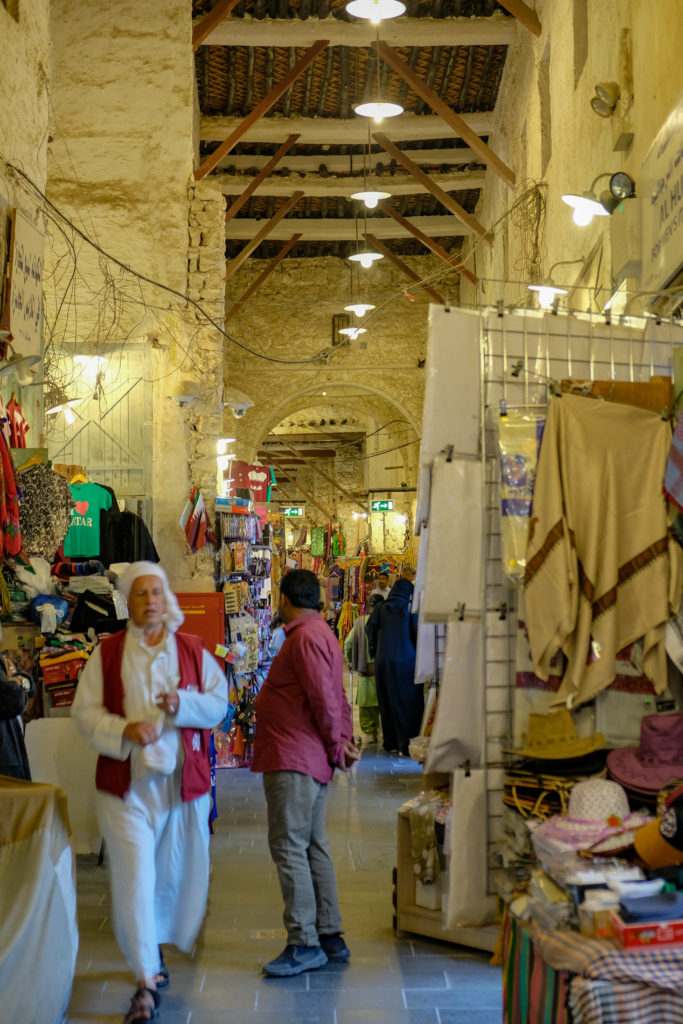
One of the alleyways within Souk Waqif
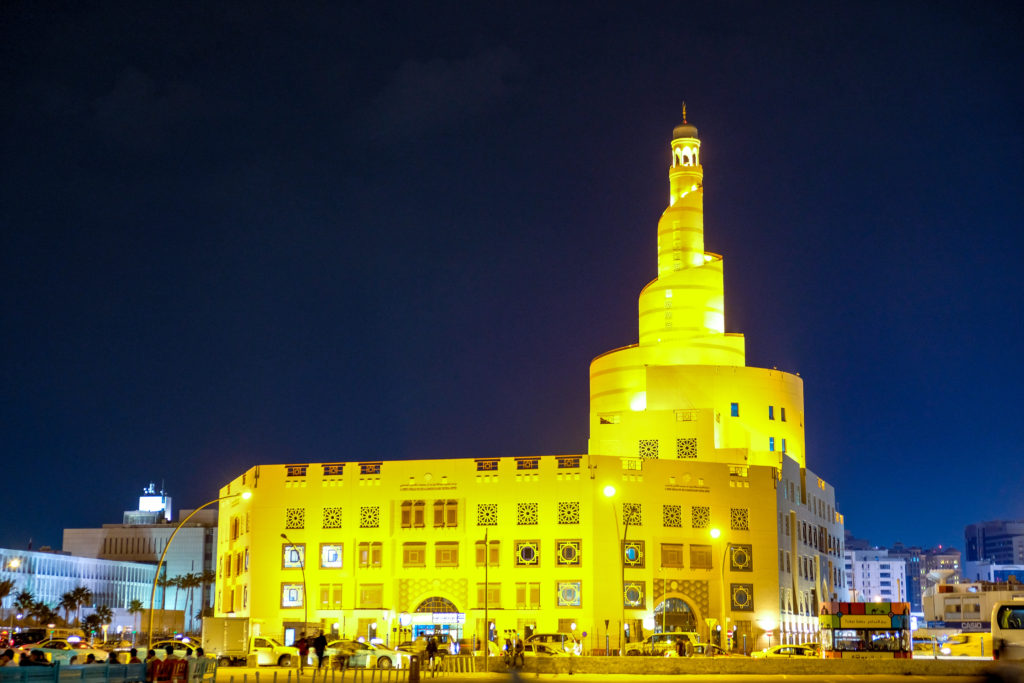
The cake-like swirling minaret tower of the Fanar islamic Culture Center towers over Souk Waqif
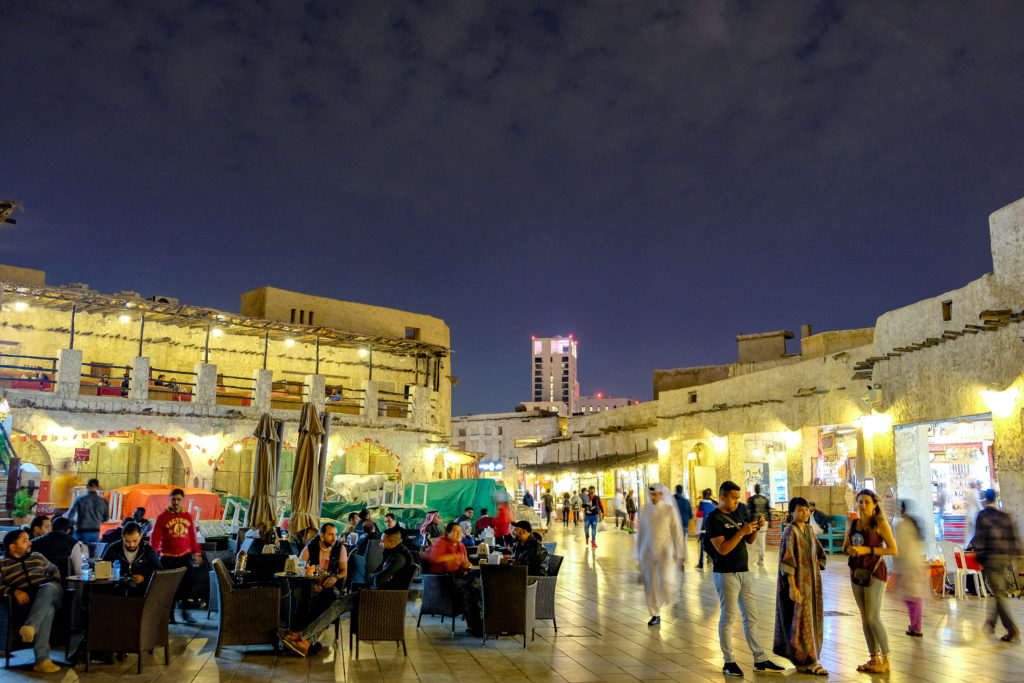
People watching at one of the sheesha cafes
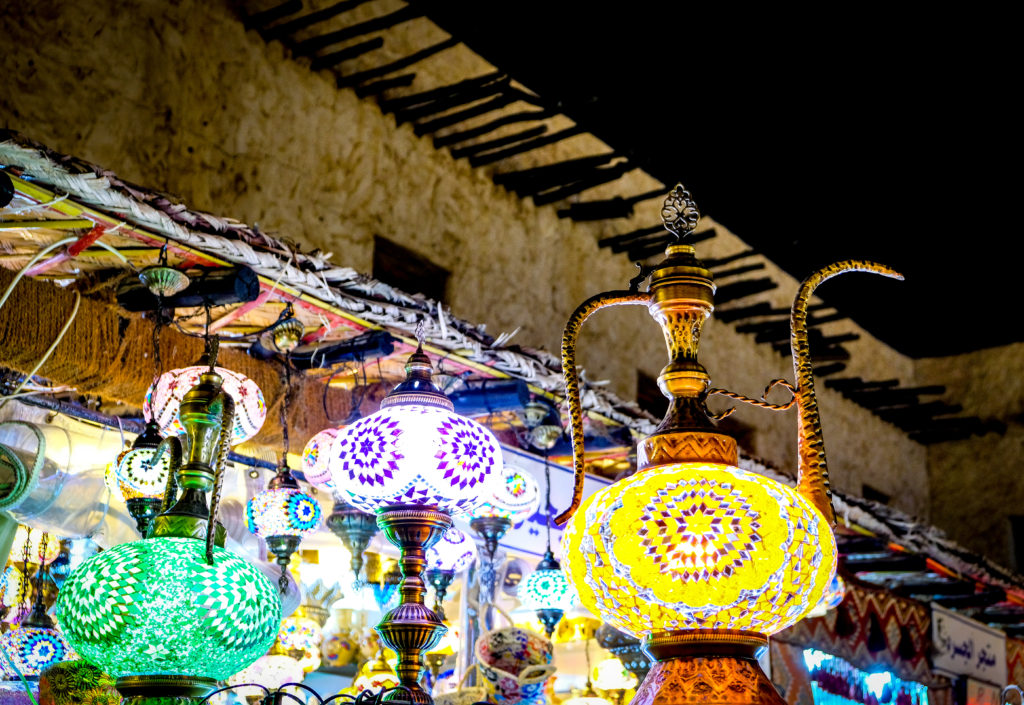
Fancy some fancy lamps?
Zekreet Beach
Also known as Ras Abrouq Beach, the rocky inland beach of Zekreet is about 80km west of Doha and is known for its half-moon bay and shallow clear waters. There really isn’t much else to this remote and quiet beach, but its worth a quick stop before heading further north into the Ras Abrouq biosphere reserve.
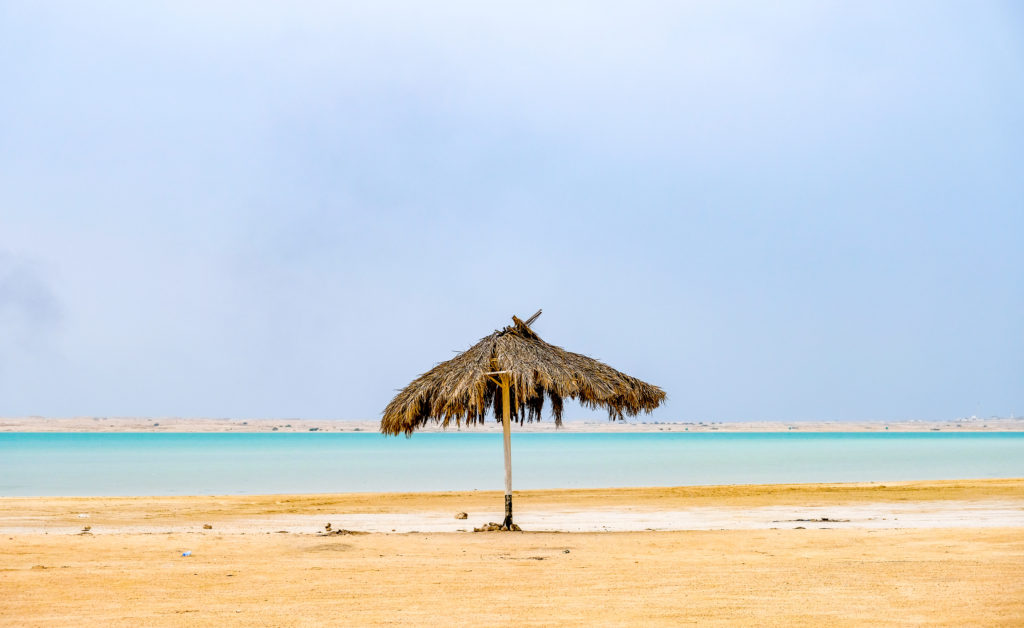
Solitude beckons at Zekreet Beach
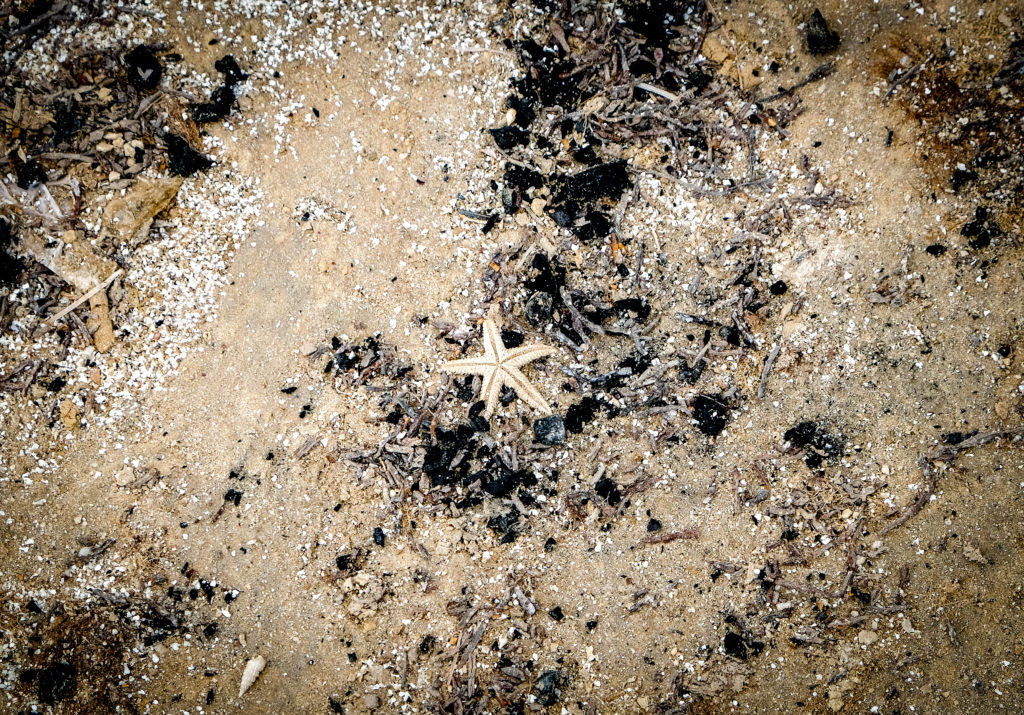
Even this washed up starfish looks lonely at the remote beach
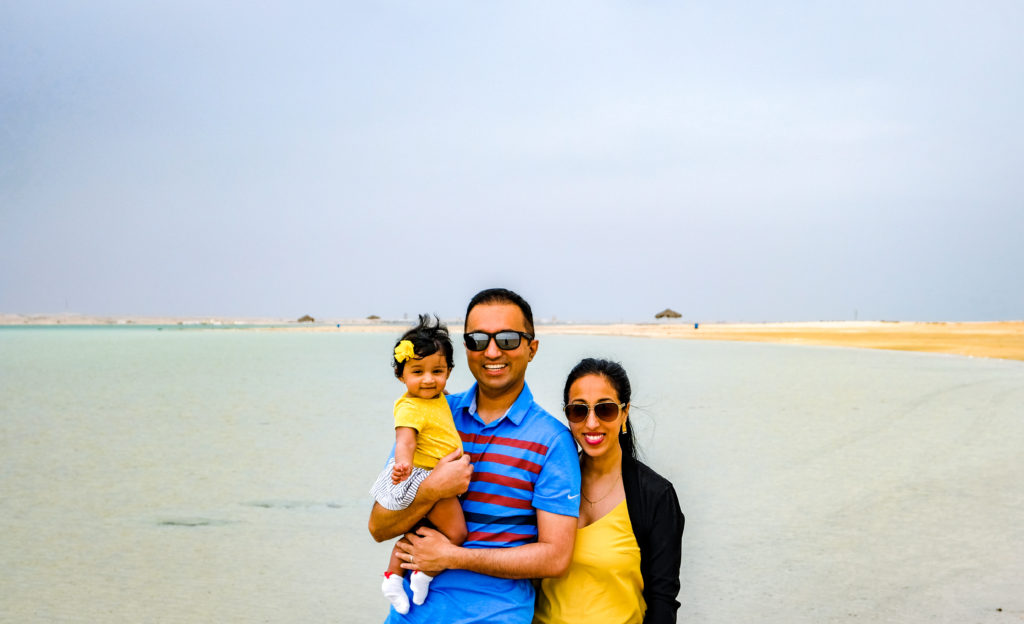
Time for a quick family pic
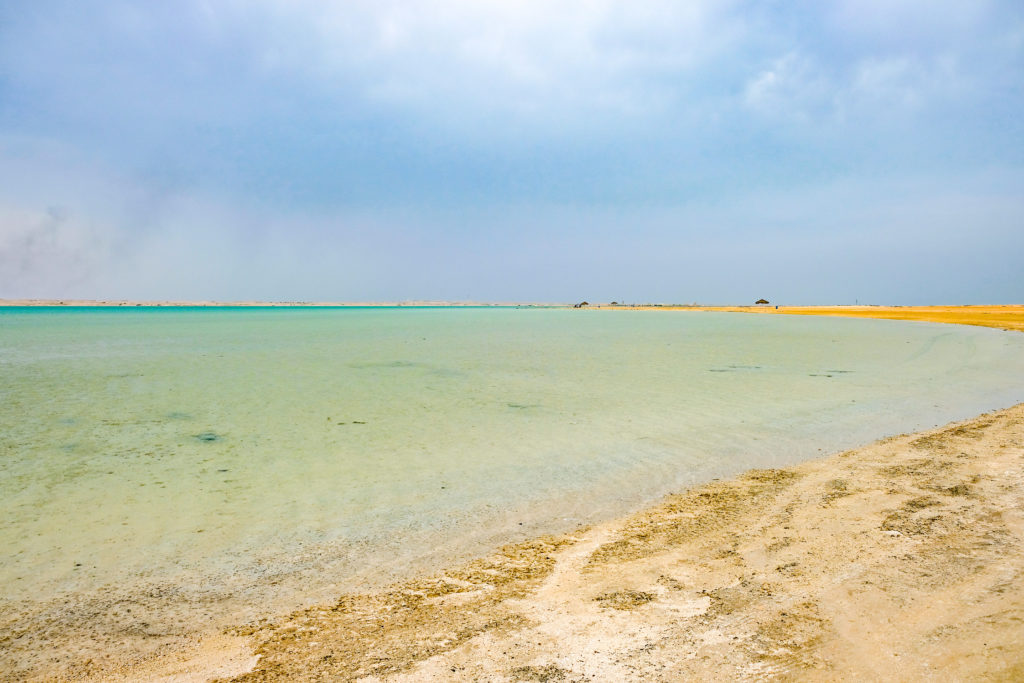
Shallow clear waters of the bay
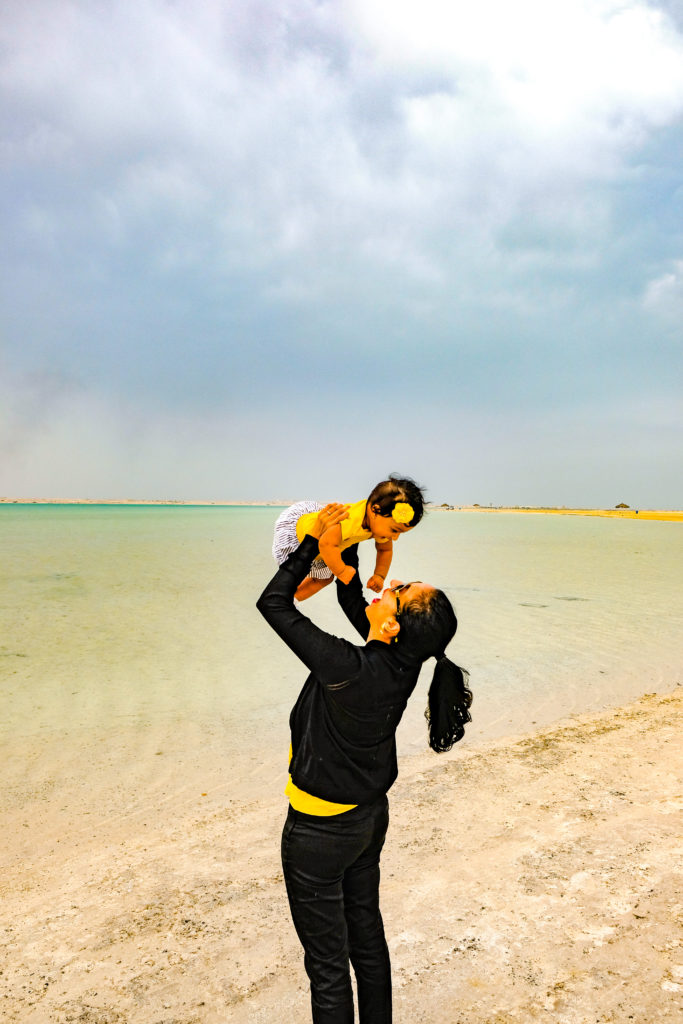
Playtime at the beach
Art in the desert
We wouldn’t normally take the bait to go off-roading into the desert in search of art, but the Qatar Museum commissioned East-West/West-East by artist Richard Serra was well worth the dusty drive. Although it took us a while from Zekreet beach with multiple wrong turns along unmarked gravel and sandy roads, we eventually found our way to this unusual sculpture. During our drive we saw some strange looking limestone structures and gypsum plateaus – created as a result of strong windswept erosion over the years. East-West/West-East consists of 4 steel plates installed in a channel between two gypsum plateaus and stretching over a kilometer in length. The steel plates despite rising between 50-55ft from the ground, are all level with each other. The rusting plates are already showing the ravages of the harsh desert climate and graffiti messages.
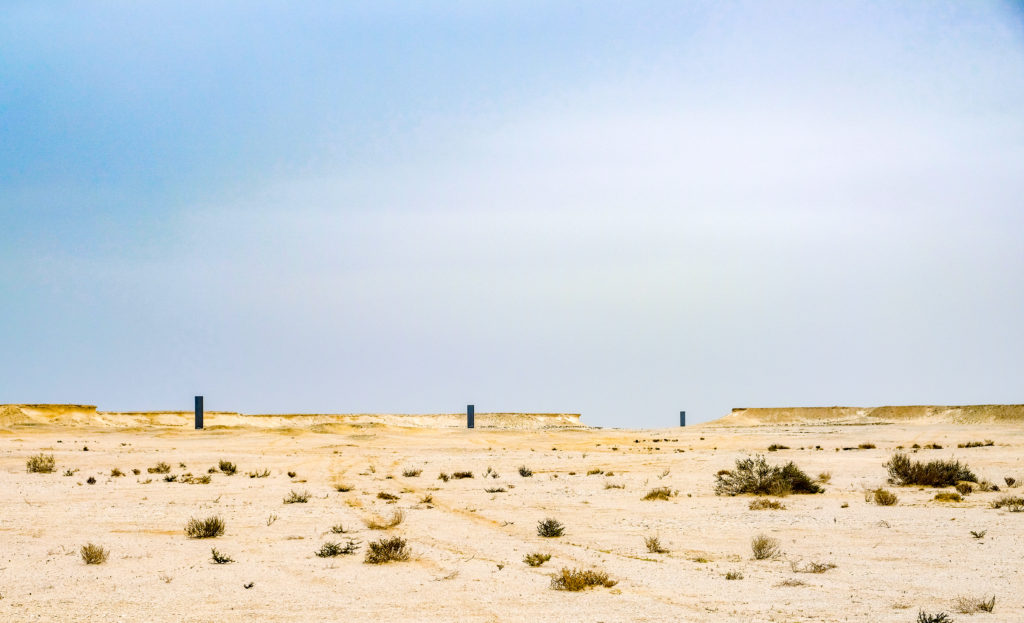
Approaching the ‘monuments’
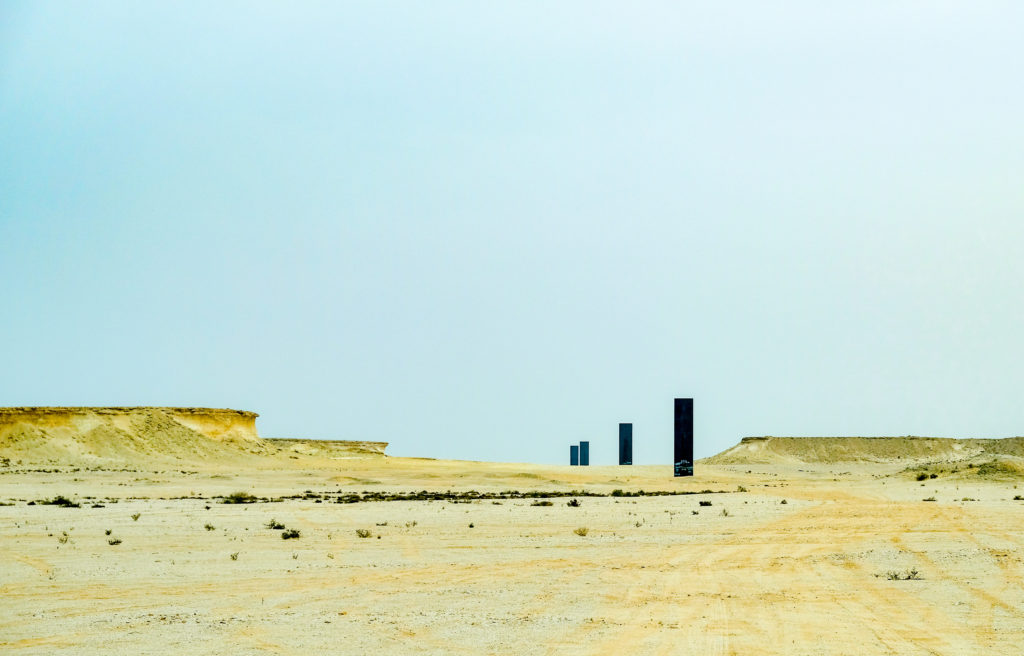
The 4 steel pillars of the art installation
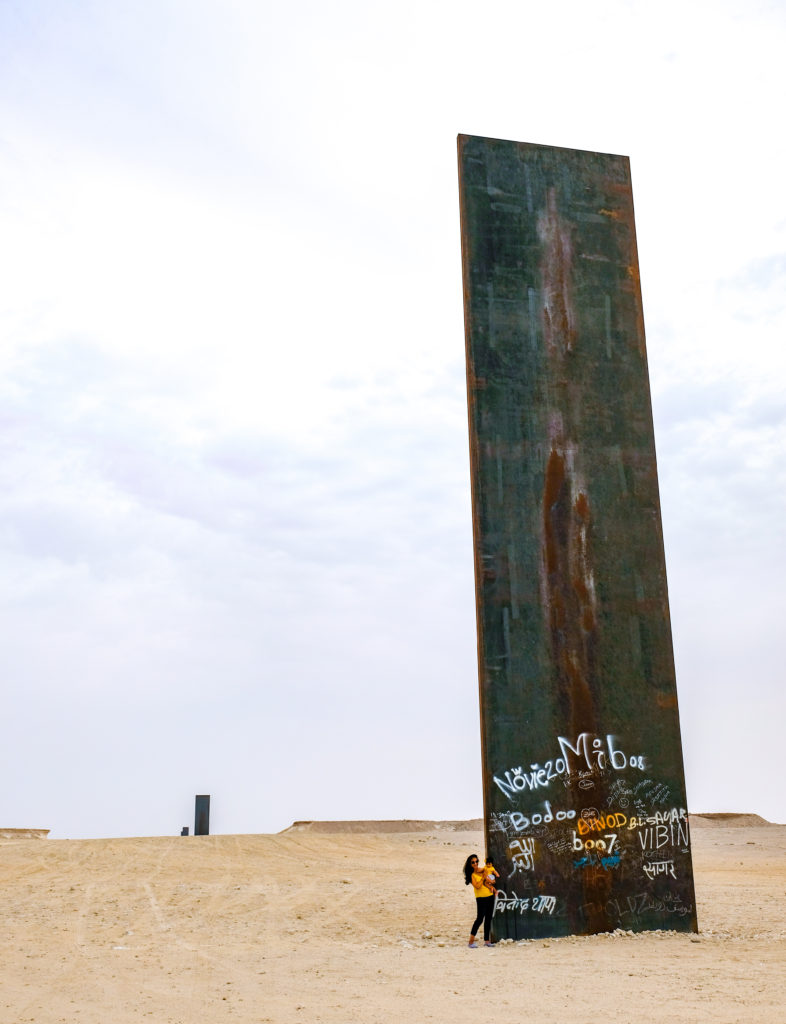
The steel plates of the art installation are deceptively small from afar, but massive up close
Camel Racing
Camel racing is a uniquely Qatari pastime, and is often known as the sport of the Sheikhs. Camel racing in the Middle East traces its roots to the ancient ways of the Arab world, and in Qatar today this vestige of tradition has been reinvigorated with a modern innovation – remote controlled robot jockeys! The best place to watch the desert camels racing is at the Al Shahaniya Racetrack, off the highway from Doha to Dukhan. From the road and parking lots running alongside the racetrack, we were able to watch camel handlers leading hundreds of camels across to the racetrack for practice runs. Definitely a must see attraction, and not once that is found in many other places around the world.
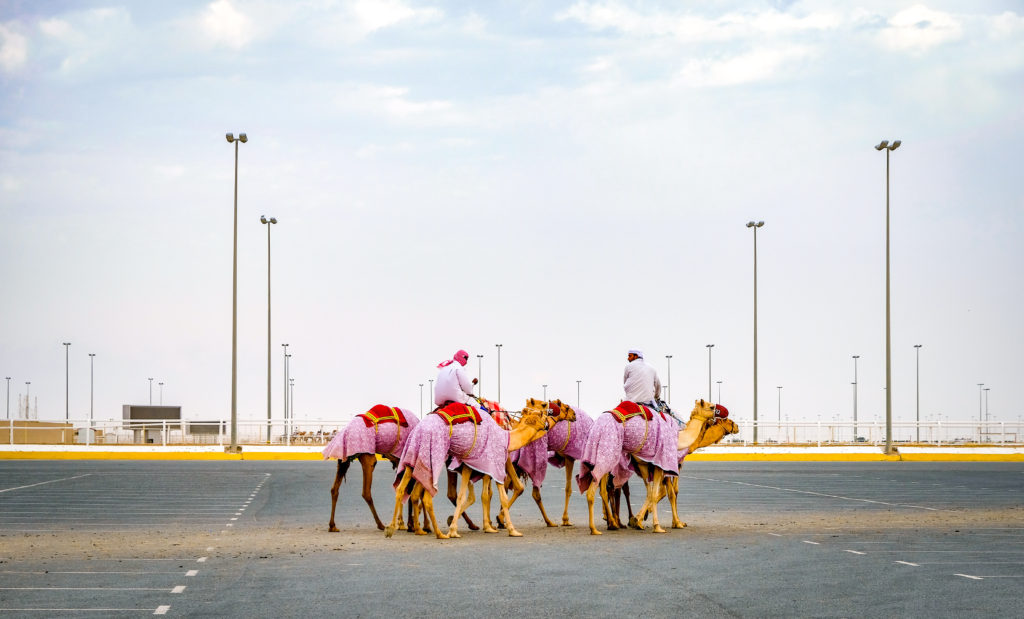
Camels making their way across the parking lot towards the racing track
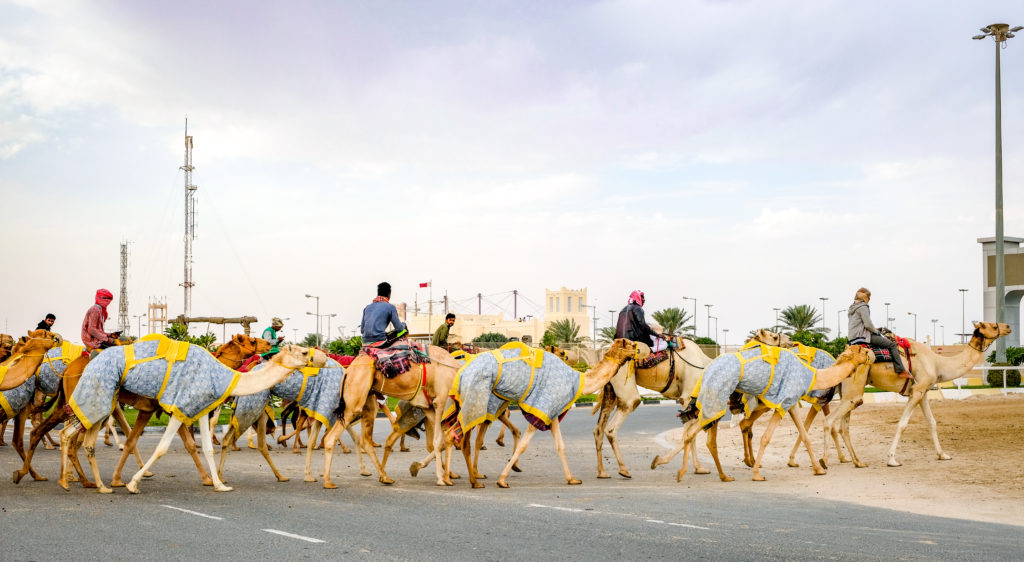
And the camel train keeps going…
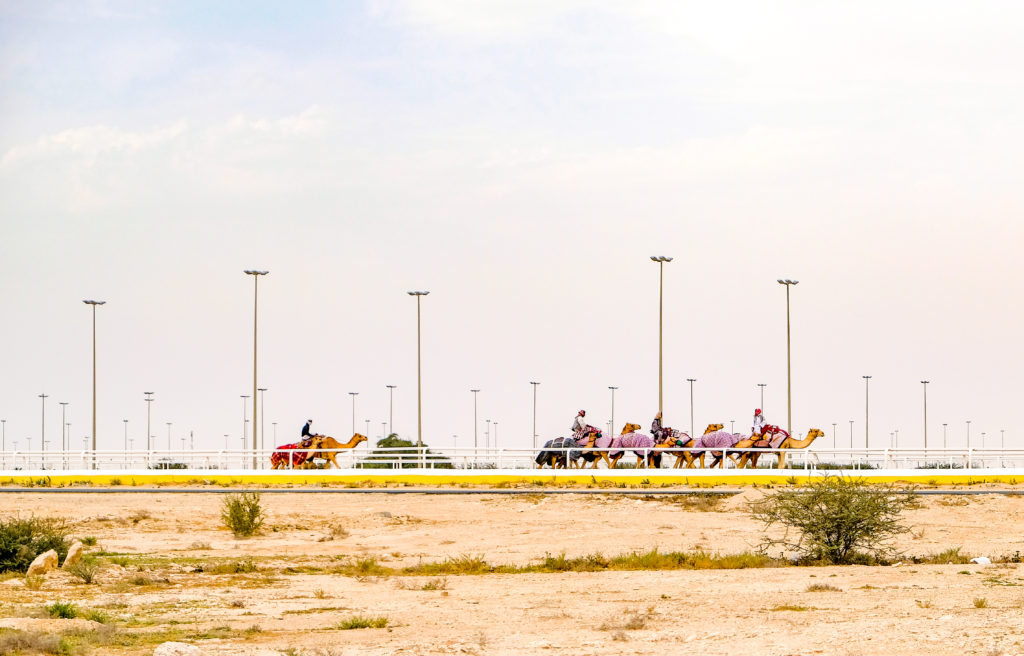
Time to prep for some practice runs
Eats & Drinks
Since we only had a short stay in Doha, we didn’t have much time to enjoy all the culinary delights on offer in the city. But we did manage to sample a few uniquely Qatari and Persian Gulf inspired items.
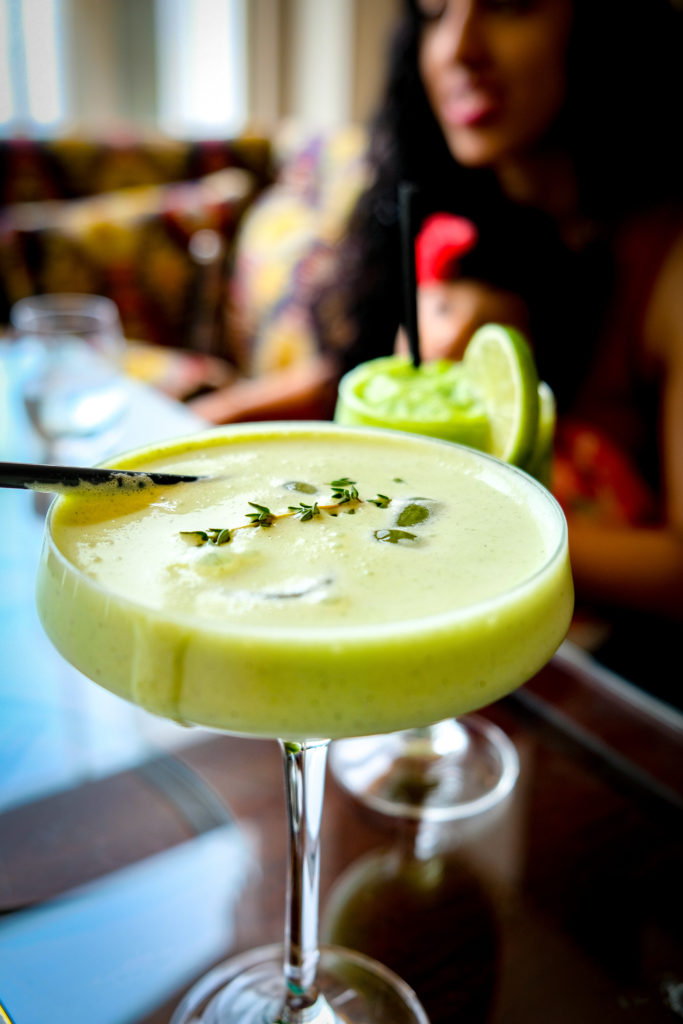
Refreshing ice cold Laban – a spiced yoghurt drink
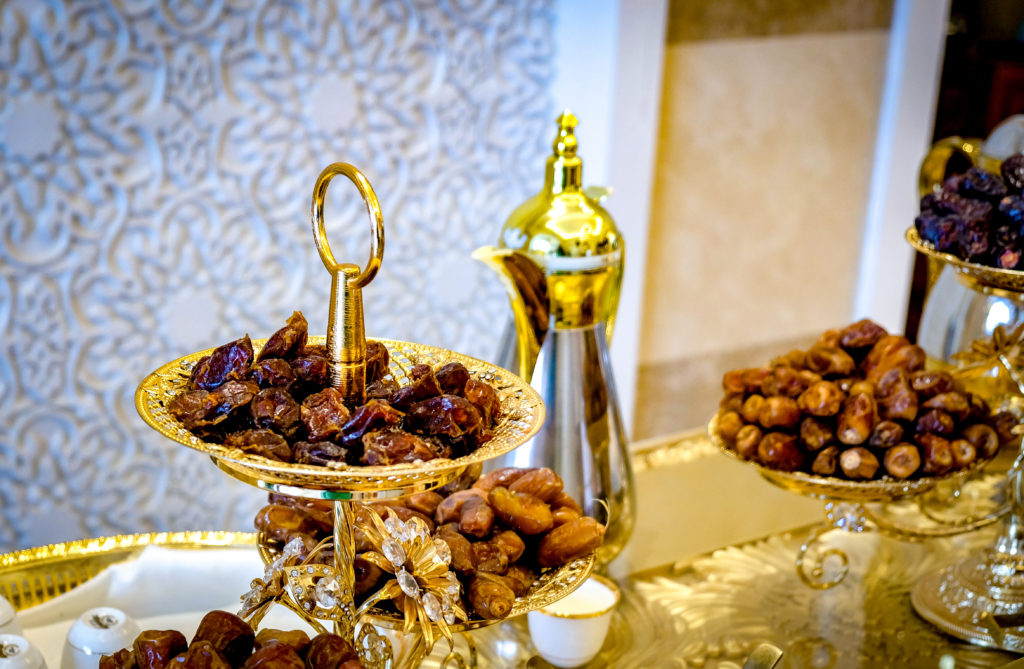
All kinds of sweet dates accompanied with tasty mint tea
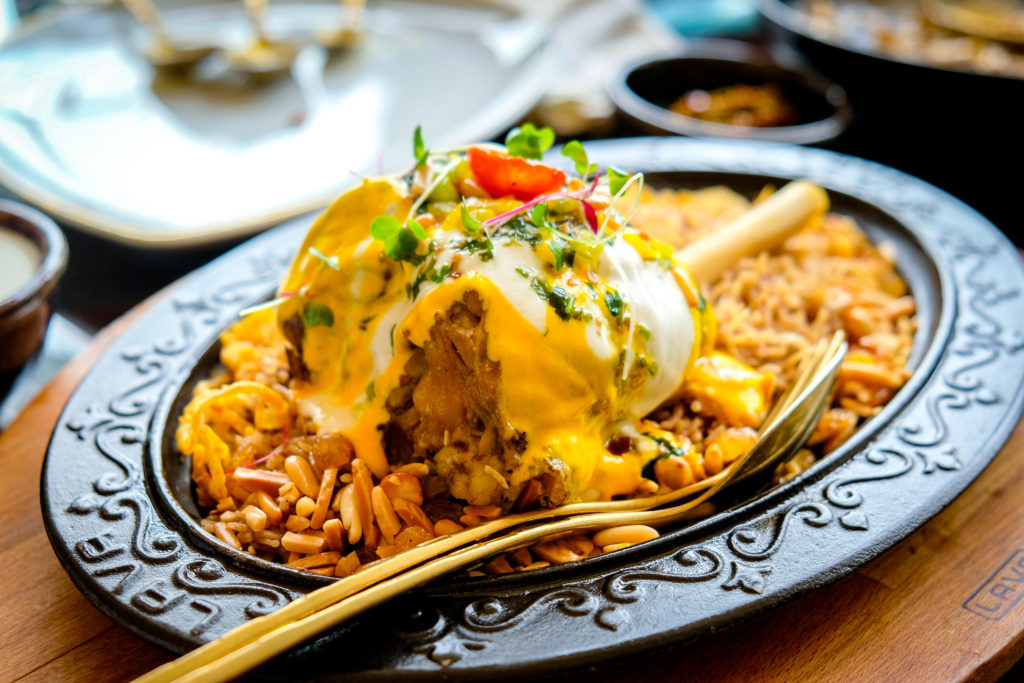
Decadent Lamb Majbous, a flavorful Qatari biryani
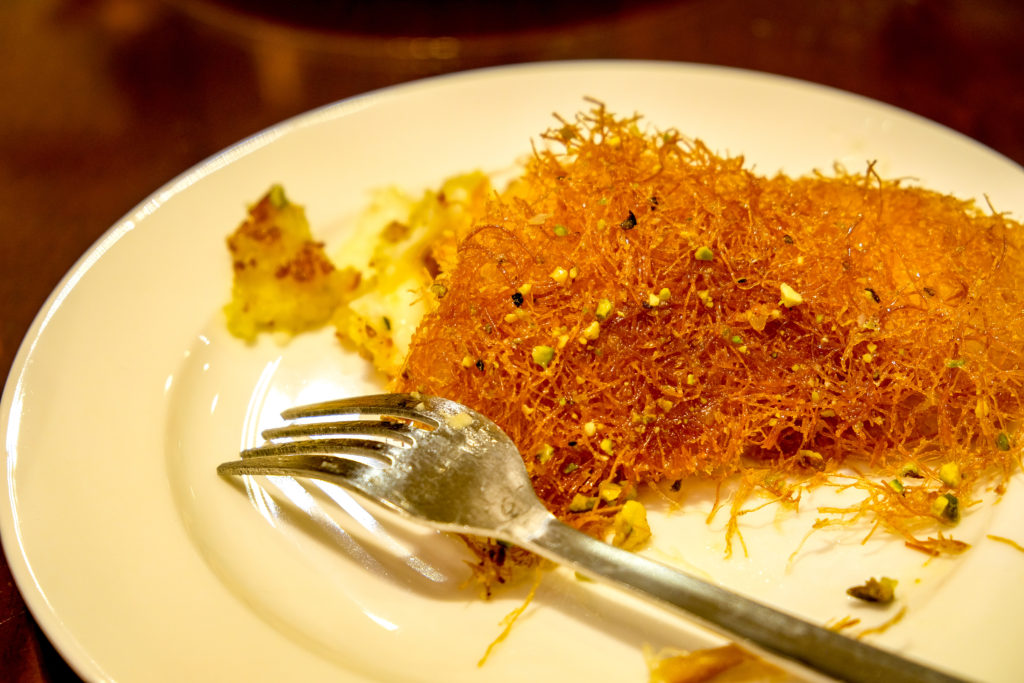
Saccharine sweet Kunafa – an Arabian dessert from Al Aker sweets

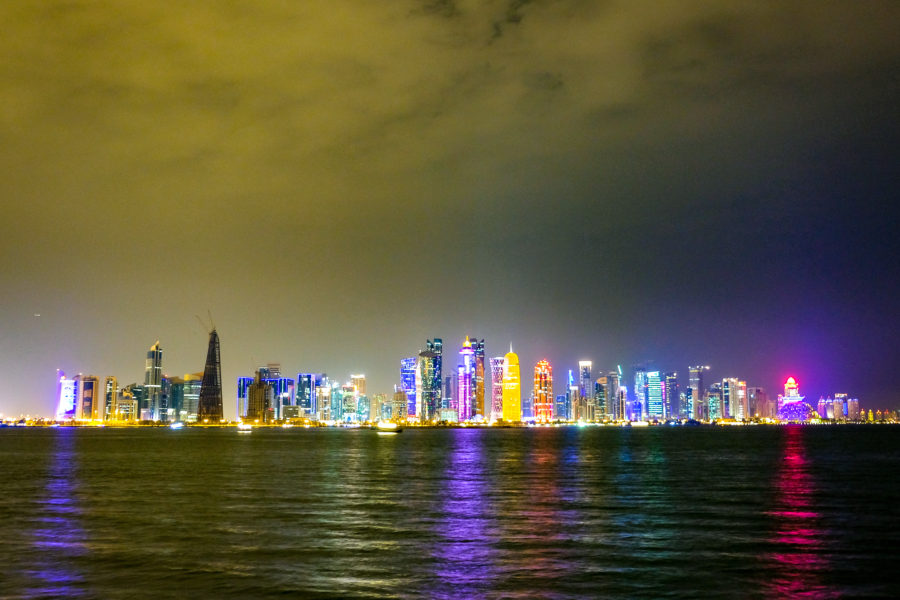
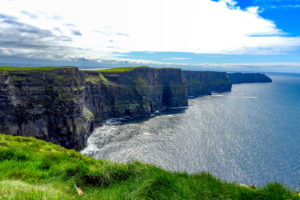
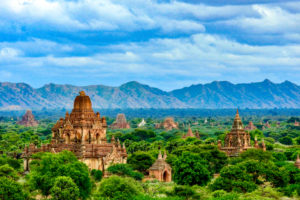
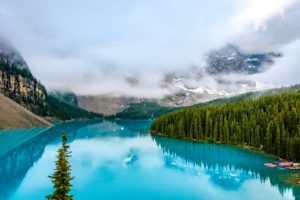




Leave a Reply
Please share your comments below!